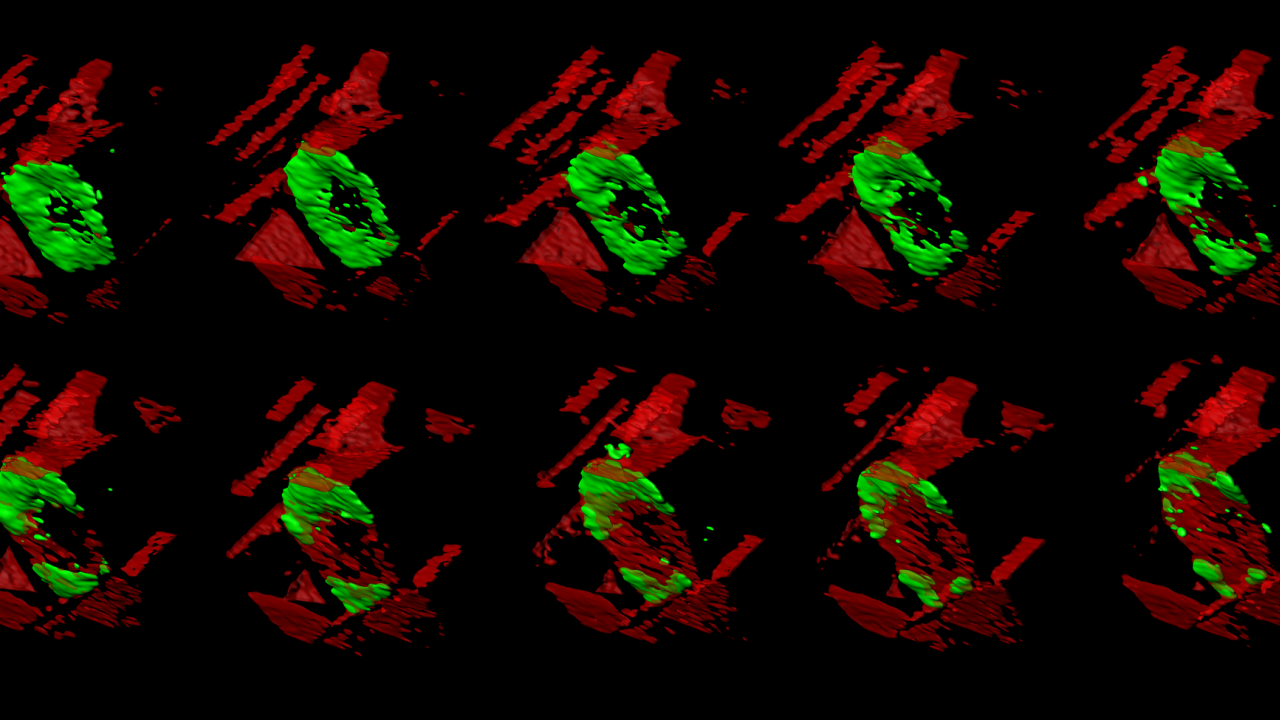
How Plant Cells Build Walls
Cell division is a fundamental aspect of life. Without cell division, living organisms do not grow. The last step of cell division, also called cytokinesis, is uniquely different in plants from that in animals and fungi due to the presence of cell walls in plants.
“In plant cells, unlike animal cells, there is an added step of building a cell wall between two new daughter cells,” said Georgia Drakakaki, an associate professor in the Department of Plant Sciences at UC Davis. “Building cell walls from scratch occurs during this process of plant cell division.”
Drakakaki and her research partners have received a $1.2 million, three-year grant from the National Science Foundation to dissect the molecular mechanisms of plant cytokinesis and cell plate development.
The project is addressing how Arabidopsis plant cells divide and how they build new polysaccharide-based cell walls. During plant cell division, the cell plate forms and evolves into the new cell wall. This development of new cell walls during cell division is of profound importance to all plant life on Earth, yet fundamental questions about the process remain unanswered.
By identifying the molecular mechanisms and pathways that direct cell plate formation in plants, new fundamental knowledge of the mechanisms that control cell plate assembly will be generated, and will form an important reference framework for how cell walls develop.
Impact on Plant Production
“When we understand how Arabidopsis cells divide and build new cell walls, we can then model better cell walls in many plant species,” said Drakakaki. “We can make plant cells that help produce seeds with improved nutritional value, and make crop plants more productive, more resistant to pathogens, and better able to cope with climate change. Cell walls are the natural defense for all of these.”
The work should contribute to both basic research and the development of more desirable cell wall properties for robust and productive crops, forming the basis for strategies to improve crop quality and yield, increase food security, and develop energy independence through biofuels.
The interdisciplinary research team will use multiple approaches, including quantitative image analysis, computational modeling, biochemistry and genetics, coupled with chemical inhibition of key players in cell division.
Educational Outreach
“Cell division happens in three dimensions, with a fourth dimension of time,” said Drakakaki. “By making four-dimensional quantitative imaging, and biophysical models of cell plate formation, we will create animations and videos, which we’ll distribute broadly.”
Professors Daniel Cox (UC Davis) and Janet Iwasa (University of Utah) are working with Drakakaki on the imaging, modeling, and animation.
The models and animations will be made widely available for free educational use and research training in modern cell biology for junior scientists at the high school, undergraduate, graduate and postgraduate levels. Graduate students and postdocs will develop mentoring and teaching skills by supervising high school and undergraduate students through the framework of this project.
